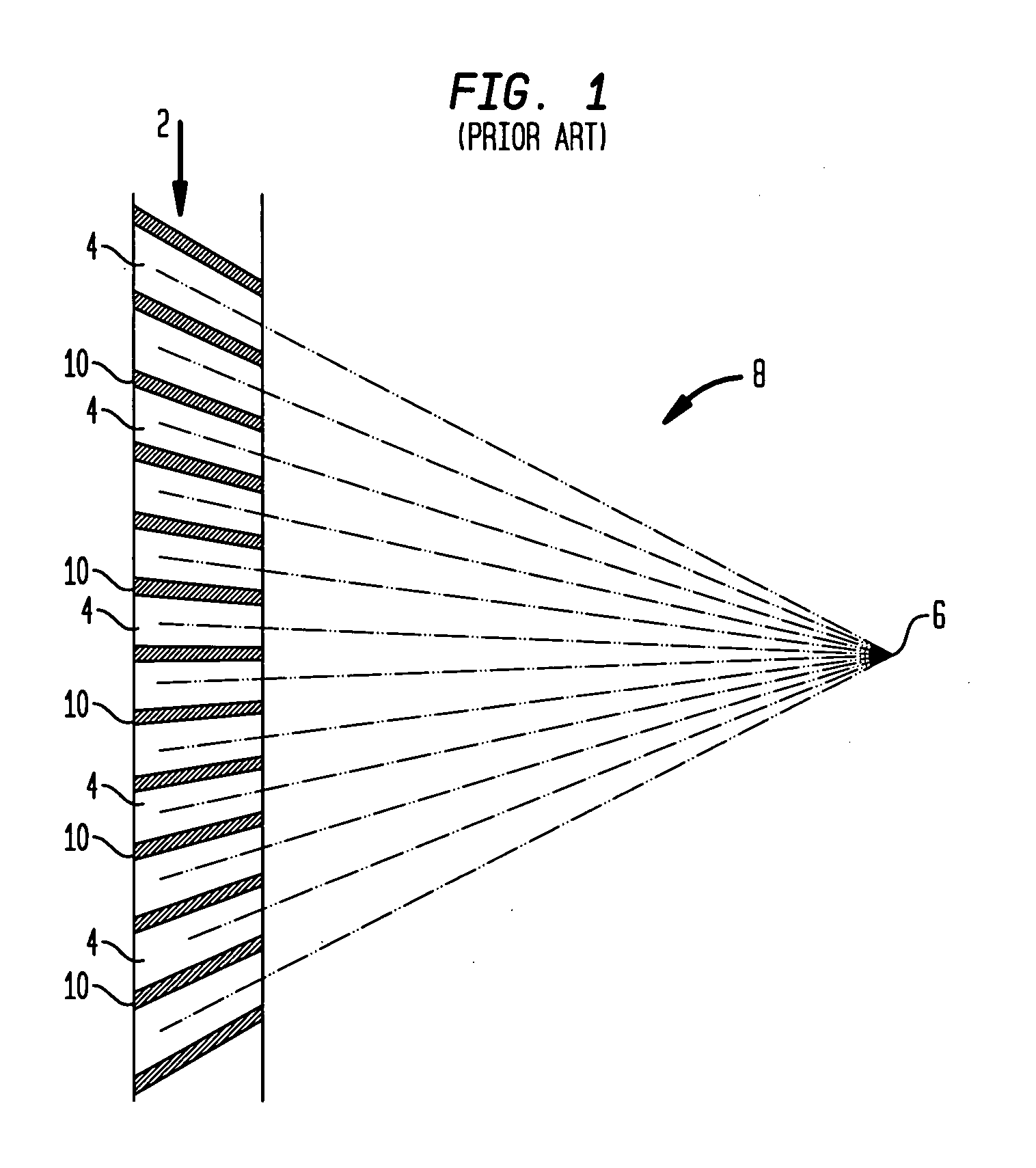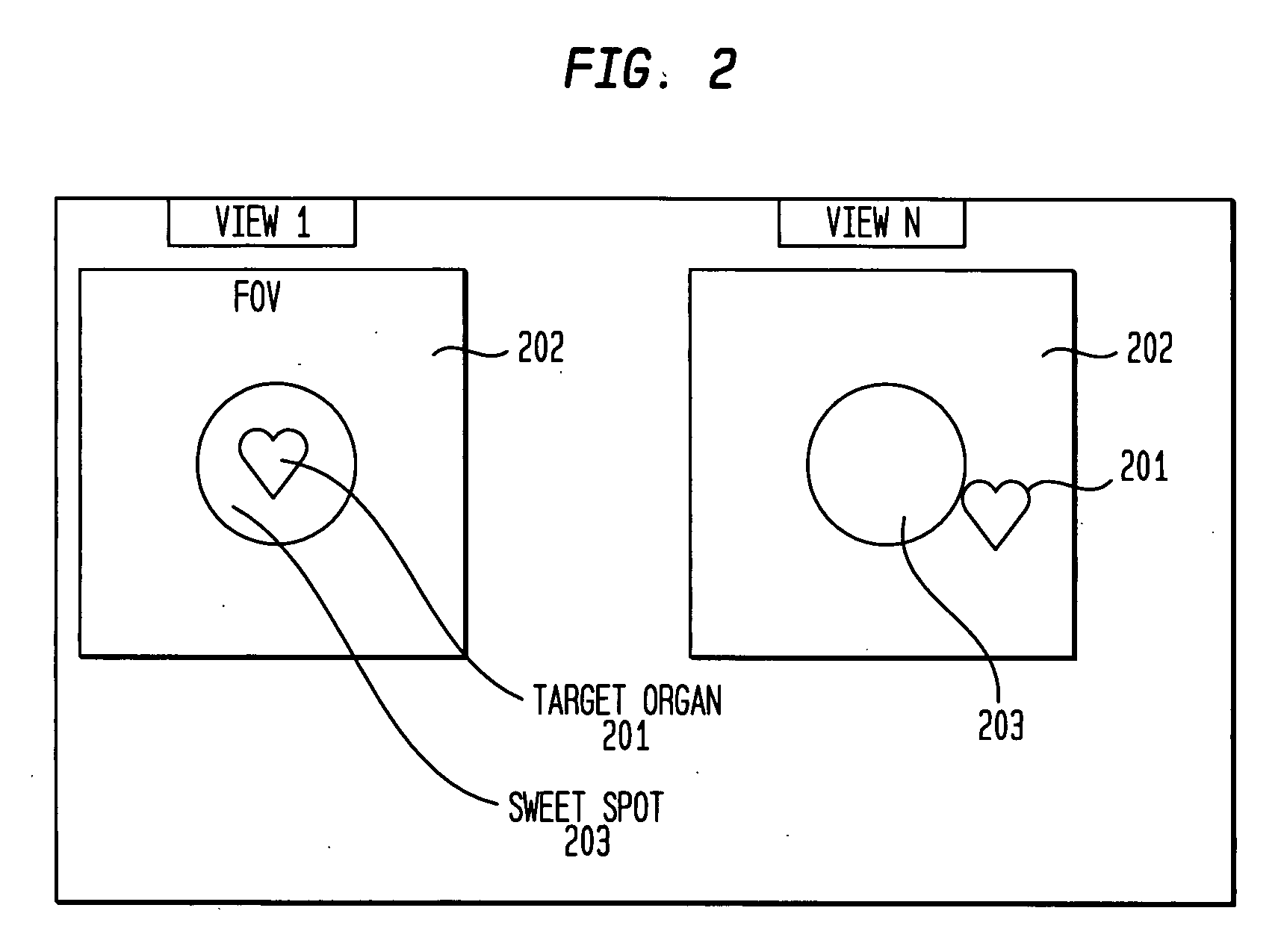Tracking region-of-interest in nuclear medical imaging and automatic detector head position adjustment based thereon
a technology of medical imaging and tracking region, applied in the field of nuclear medicine, can solve the problems of inability to adjust the design of the collimator with respect to length, septa, dimensions and focal or parallel nature of the collimator hole, time-consuming and not necessarily consistent,
- Summary
- Abstract
- Description
- Claims
- Application Information
AI Technical Summary
Benefits of technology
Problems solved by technology
Method used
Image
Examples
Embodiment Construction
[0013]The present invention will now be described and disclosed in greater detail. It is to be understood, however, that the disclosed embodiments are merely exemplary of the invention and that the invention may be embodied in various and alternative forms. Therefore, specific structural and functional details disclosed herein are not to be interpreted as limiting the scope of the claims, but are merely provided as an example to teach one having ordinary skill in the art to make and use the invention.
[0014]The invention is based on the fact that the dynamic “wash-in” and “wash-out” of a radiopharmaceutical into tissue, as well as natural organ motion such as the beating of the heart or the movement of the diaphragm during respiration, respectively gives rise to a concentration change in tissue or to a positional change of radioactive concentration c. Thus, in general the radioactive concentration c can be expressed as a function of position and time, or c=c({right arrow over (r)},t)...
PUM
 Login to View More
Login to View More Abstract
Description
Claims
Application Information
 Login to View More
Login to View More - R&D
- Intellectual Property
- Life Sciences
- Materials
- Tech Scout
- Unparalleled Data Quality
- Higher Quality Content
- 60% Fewer Hallucinations
Browse by: Latest US Patents, China's latest patents, Technical Efficacy Thesaurus, Application Domain, Technology Topic, Popular Technical Reports.
© 2025 PatSnap. All rights reserved.Legal|Privacy policy|Modern Slavery Act Transparency Statement|Sitemap|About US| Contact US: help@patsnap.com



